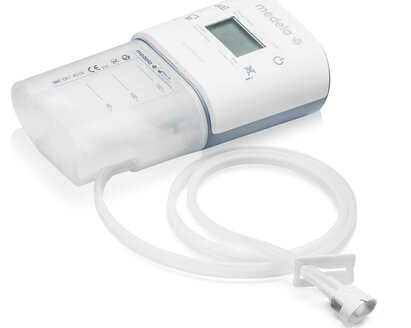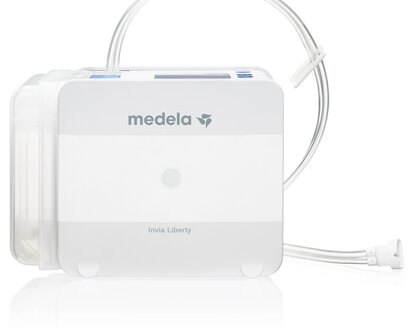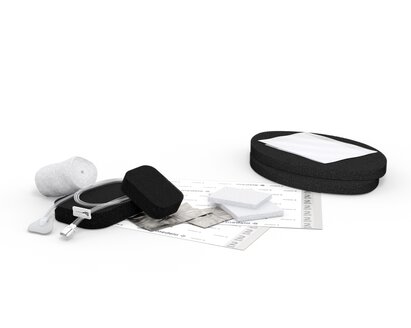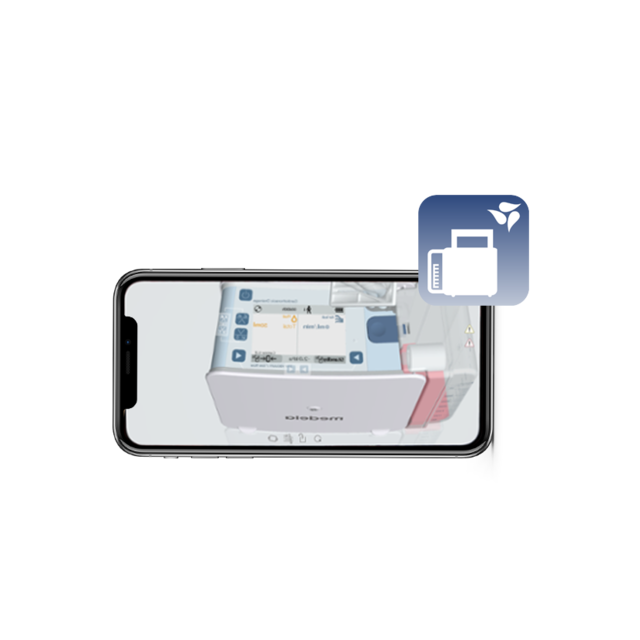As a wound care nurse, you’ve likely seen this same scenario a hundred times: A patient makes excellent progress with wound vac in the hospital, only to have that progress undone due to poor patient compliance during post-acute care.
Sound familiar? Well, don’t despair. Because while patient compliance is never guaranteed, there are a few steps you can take to help encourage compliance in your wound care patients.
Why patients don’t comply
When patient compliance falls short during transitional care (or post-acute care), it’s often due to reasons that include:1-4
- Lack of patient education and patient engagement about proper device usage.
- Patient anxiety regarding the device.
- Excessive noise levels from the device.
- Sleep disruptions.
- Embarrassment or discomfort with the device at work/in social situations.
How to improve patient compliance?
Wound care nurses understand the potential consequences of noncompliance, including disruptions in patient healing and costly hospital readmissions—but patients may not.
In light of these risks, it’s important to focus on the following 3 key areas to help your patients comply with NPWT and achieve successful wound closure/healing:
1. Assess and Educate Prior to Discharge
Wound care education efforts should begin the moment Negative Pressure Wound Therapy is initiated in hospital and should continue:1,3
- Throughout the patient’s length of stay.
- Upon discharge.
- Throughout transitional care/post-acute care, during every dressing change visit by a nurse.
As part of routine patient care, it is important to assess the ability of patients and caregivers to understand instructions and subsequently tailor patient engagement efforts according to their needs. One great method of assessment is to have patients and caregivers “demonstrate back” the use of their device to you, after you have delivered your tutorial.1,3
- Turn the device on and operate it properly.
- Keep the device on for appropriate durations of time.
- Change canisters and/or dressings if necessary.
- Understand the meaning of alarms (audio and visual).
- Recognize complications such as frank bleeding, abnormal exudate, and extreme pain.
- Contact help in case of an emergency or for technical assistance.
2. Enlist caregivers to apply “positive pressure”
Patient compliance with negative pressure wound therapy can be facilitated through “positive pressure” from caregivers. Identify the friends or family members who will be keeping an eye on patients. Enlist their help in supporting the patient through their transitional care journey, providing encouragement and helping to keep the patient on track. Caregivers can encourage non-compliant patients in tangible ways by reminding them to turn or keep their device on and helping to troubleshoot alarms, for example.
3. Connect patients to support resources
Be sure to distribute educational materials, clear instructions, and care team contact information to your patients. Also consider apps such as “Make NPWT easier” from Medela (Apple App Store, Google Play Store), which provides fast access to information that can help patients set up and manage their NPWT device.
Consistent use of negative pressure wound therapy devices
When patients feel anxious about NPWT, lack of familiarity with the device is often the underlying cause. But patients have reported feeling “safe and secure” when seeing nurses in the hospital use the device and demonstrate its operation.5
For this reason, selecting the same device for hospital and transitional care may help:4,5
- Reinforce proper use
- Foster familiarity with device functionality, sounds, and alarms
- Build patient confidence in device usage
- Help patients better manage their NPWT.
Also, pay particular attention also to the noise level of the NPWT device while it is operating. Louder devices may embarrass patients during social situations or disrupt sleep.
Look to compact and quiet devices that have been designed specifically for patient comfort and ease of use across care settings. Two such devices available from Medela are the:





